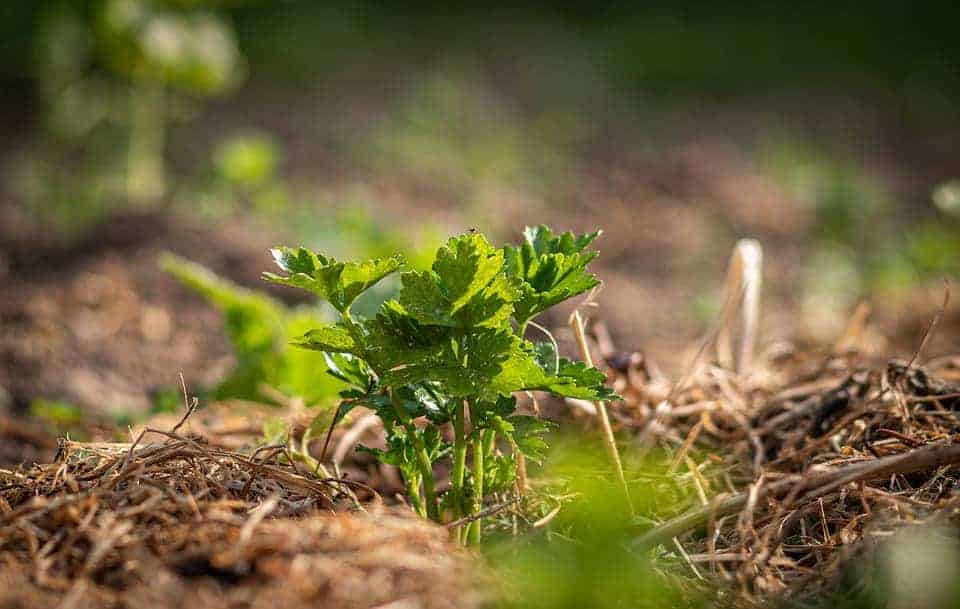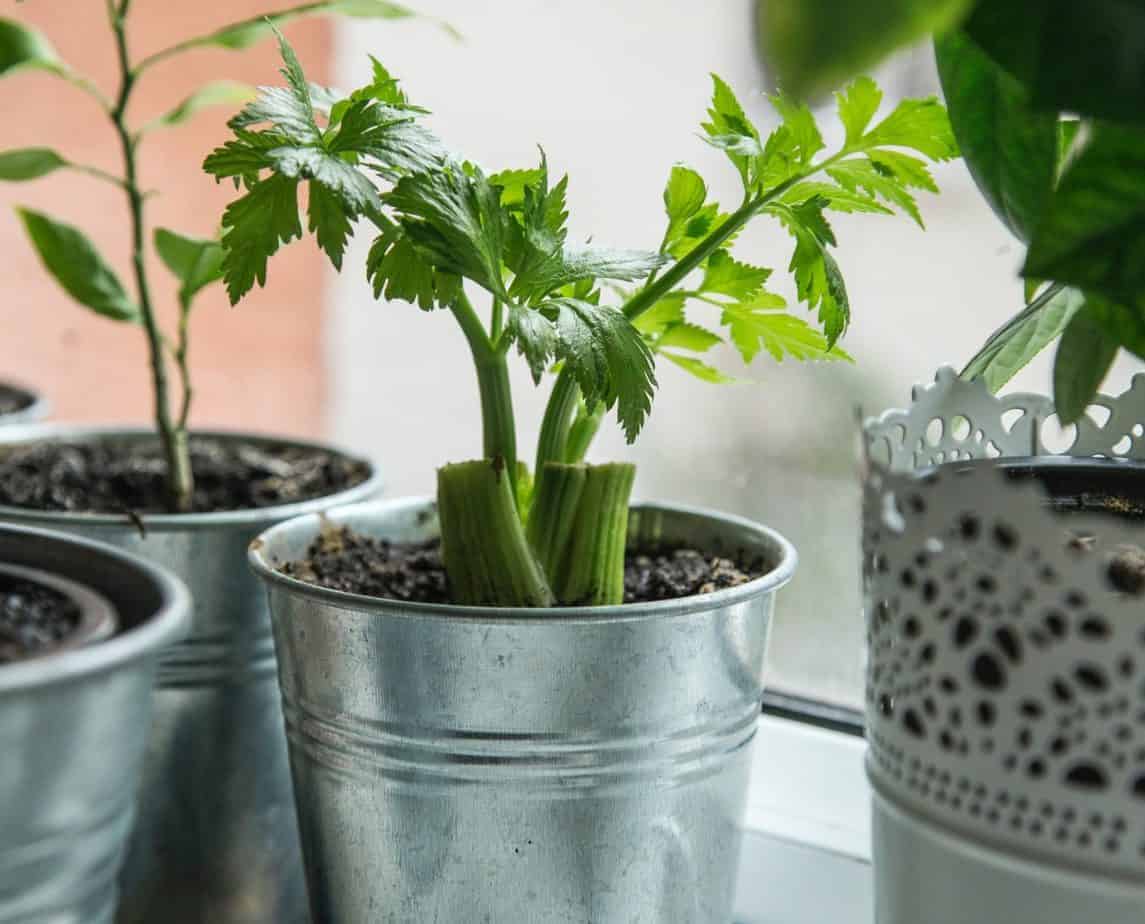Celery is one of those underrated vegetables in the garden. They’re relatively low maintenance, grow well in wet soils, and mature plants are cold hardy. If you grow celery at home, you’ll notice the stalks have a very strong celery aroma and flavor that’s missing in store-bought celery.
Most celery varieties are ready between 85 and 110 days from transplanting, when stalks reach full size and the base of the plant is around 2 to 3 inches in diameter. However, you can harvest celery earlier or if the stalks are smaller.
Harvesting celery is simple: you can either remove the entire plant for a whole bunch of celery, or harvest the outer stalks while letting the inner stalks continue to grow and mature.
On this page:
How Long After Planting Until You Can Harvest Celery
Whether you buy celery as plant starts from the nursery or start them from seed, you can expect to wait anywhere from 85 to 110 days to harvest, depending on the variety. That means if you transplant your seedlings out in the beginning of May, your celery will be mature by September. This, of course depends on your growing season and when you transplant; generally you want to sow seeds up to 2 or 3 months before your average last frost date, and transplant when night temperatures stay above 50°F (10°C).
Celery is a really slow-growing vegetable. But fortunately, in most areas it’s fairly resistant to pests and disease once they get established, so in most cases you just need to plant and wait.
How to Tell if Celery Is Ready to Harvest
Celery is usually picked after the base of the plant reaches 2 to 3 inches in diameter and stalks have reached full size. But as we’ll discuss below, you don’t have to harvest the entire plant, you can cut the outer stalks and use them as needed while the celery plant continues to grow.
Homegrown Celery vs. Store-Bought Celery
It’s important to note that the celery you grow in your garden won’t be exactly like the celery you buy at the grocery store when it’s mature. Store-bought celery are hybrids bred for disease resistance and shelf life. They are also grown in a controlled environment so the stalks can grow very thick, and are often artificially blanched (blanching refers to shading out or covering the stalks so they become white and tender).
That said, there are some varieties of celery that look very similar to those you can buy at the store, such as Utah Tall and Green Giant F1. But even then, you will need to ensure they have plenty of water, good, fertile soil, adequate spacing, and are kept out of extreme heat in order to grow thick stalks.

Can I Harvest Small/Young Celery Stalks?
Celery, like other green vegetables grown for leaves or stalks, can be harvested and eaten at any time. The flavor will still be the same, and they’re still perfect for snacking or adding into recipes.
Can I Harvest and Eat Celery Leaves?
Absolutely. In fact, celery leaves are used in cuisines around the world to add flavor to soups, stews, and salads. There are even some varieties of celery referred to as “cutting celery” or “leaf celery” which have small stalks and are grown specifically for the leaves and have a milder taste than the more bitter leaves of stalk varieties.
How to Harvest Celery
There are two approaches to harvesting celery: harvesting the entire plant and harvesting individual stalks.
Harvesting by the Bunch
You can harvest entire bunches of celery either by digging them out or cutting across right below the soil, or cutting at least 1 inch above the soil across the entire base of the plant. The first two options are better if you want to have a fully intact bunch of celery. However, if you leave the base of the celery plant in the ground, cutting at least an inch above the surface, the celery plant will gradually grow back and you can get a second, smaller harvest.

Harvesting by the Stalk (Cut and Come Again Method)
This is my preferred method of harvesting celery since it will keep growing as you harvest the stalks one by one. Take sharp scissors and carefully cut at the base of the outer stalks, about a 1/2 inch to 1 inch above the soil, avoiding cutting into the base of the whole plant. Leave the younger inner stalks which will keep growing throughout the season so you can get multiple harvests and cut only when you need it.
Common Celery Varieties and their Days to Harvest
- Utah Tall – 110 days
- Green Giant F1 – 105 days
- Redventure – 105 days
- Victoria F1 – 100 days
- Golden – 95 days
- Tango – 90 days
- Giant Red F1 – 90 days
- Conquistador – 85 days
- Amsterdam Cutting Leaf Celery – 80 days
